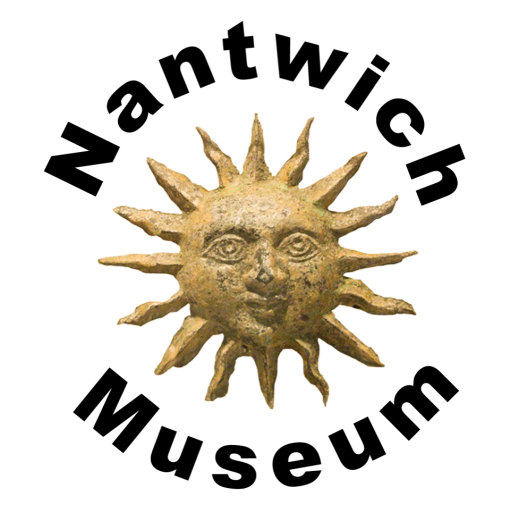A building at the end of Beam Street, formerly the town house of the Mainwaring family, was used as the town’s workhouse and house of correction from 1677 to 1748.
The building on the Barony was constructed in 1779–80. At that time Beam Heath was owned by the Marquess of Cholmondeley, and he donated around 11½ acres of land.

The main reason for the workhouse was to cut down the costs of the poor and needy. The regime was harsh and diets were meagre. The inmates were expected to do menial tasks for work, such as breaking up stone for road building, and chopping up wood.
Following the Poor Law Amendment Act of 1834, in 1835 an additional story was added. Nantwich architect George Latham oversaw this expansion. The workhouse became Nantwich Union Workhouse. This building is still there today, occupied by by the NHS, and is called Bevan House (after Aneurin Bevan, the politician who launched the NHS).
The Nantwich Poor Law Union was formed on 18 February 1837 and took over and enlarged the workhouse. Nantwich Union served 86 parishes and townships, with an elected governing board of 88 guardians. The guardians kept a keen eye on expenses, to avoid it being dubbed a Pauper Palace!
Local Historian, James Hall, tells us that in 1840 there was an outbreak of Typhus Fever, with no less than 56 cases in the Union Workhouse at any one time.
In 1879-80 a children’s home, and school, were built costing of £3,300. The accommodation was for 60 children.
In 1890-91 an infirmary was built, in the building which is now called Frederick House. It cost £4,500 and had 70 beds plus day rooms for convalescents and separate wards for special cases. In 1894 a new tramp-ward, mortuary, and other buildings were added. In 1895 a steam laundry was built, costing £2,000.
In 1895 a boatman who’d lost his wife came to Nantwich Workhouse to choose a new one! Read more here:
https://nantwichmuseum.org.uk/boatman-seeks-wife-from-nantwich-workhouse

In 1905 a Woman’s Hospital was added (at a cost of £7,000), providing a further 70 beds. An adjacent nurses’ home housed 15 nurses.
In 1930 the buildings on the site were converted into a Public Assistance Institution, which later known as Barony Hospital.
When World War II started, in 1939, part of the site was appropriated for use under the Emergency Medical Service and a hutted hospital of 240 beds was erected.
In 1948 the Hospital was transferred to the management of the South Cheshire (Group 20) Hospital Management Committee, part of the Manchester Regional Hospital Board. It became an NHS hospital with a maternity unit, and beds for geriatric and psychiatric patients.
Find out more about the Barony Hospital here:
We now have a safe guided tour, to help you explore the various buildings which are still here today:
Please remember that the buildings are private property, but can be viewed from the road. Remember to stay safe and observe social distancing.
Our research into Nantwich Workhouse is ongoing. One of our Research Group members, Bill Pearson, has developed an extensive database of staff and inmates at the Barony. If you have any old photos, or memories of life at The Barony, we’d love to hear from you. You can email Bill on wjpearson@gmail.com.
